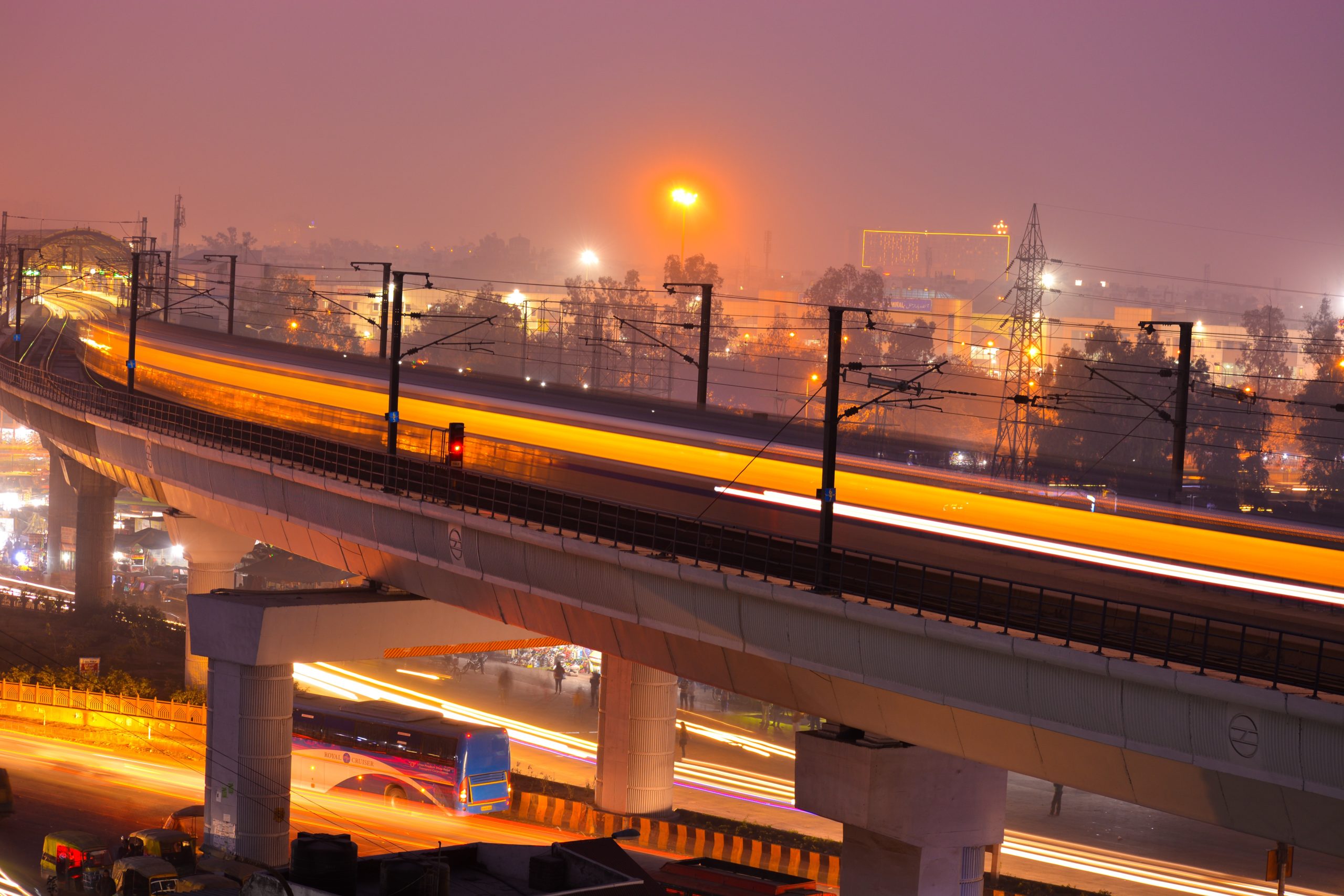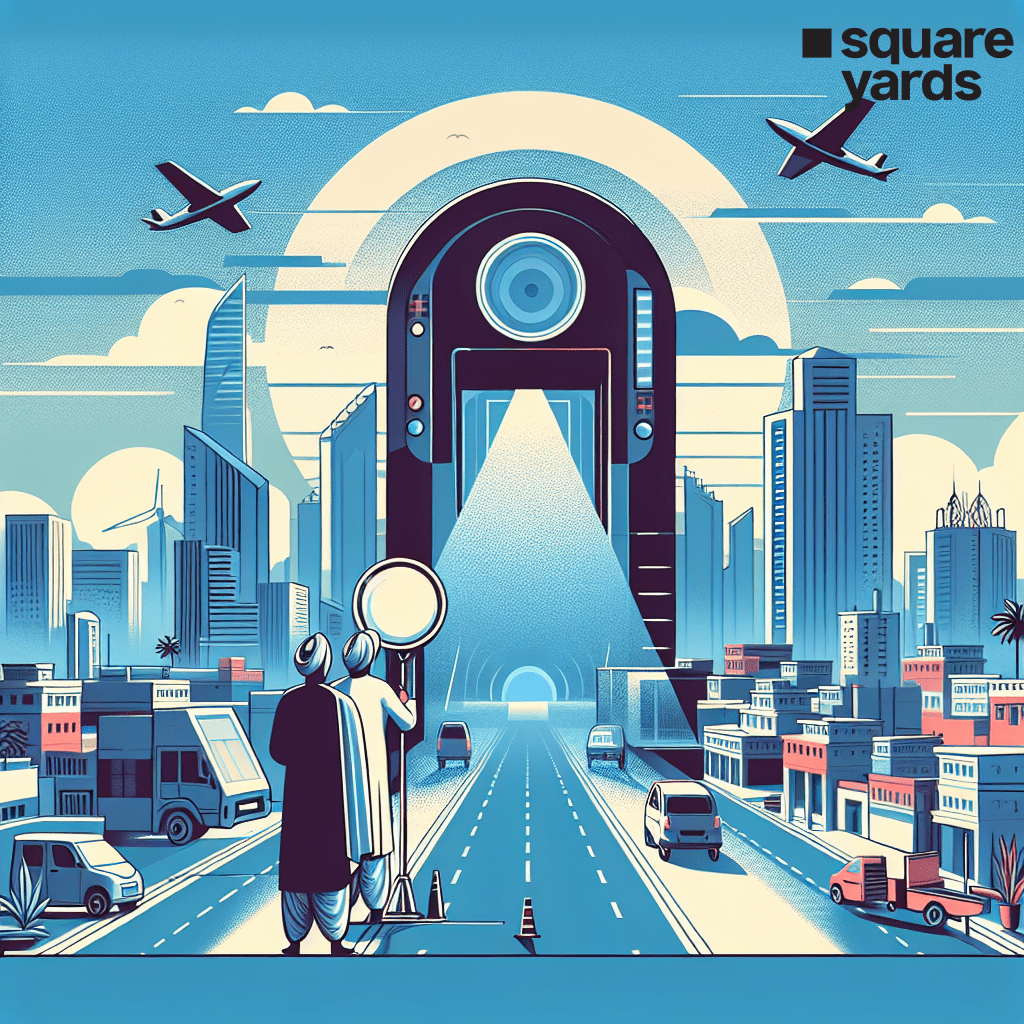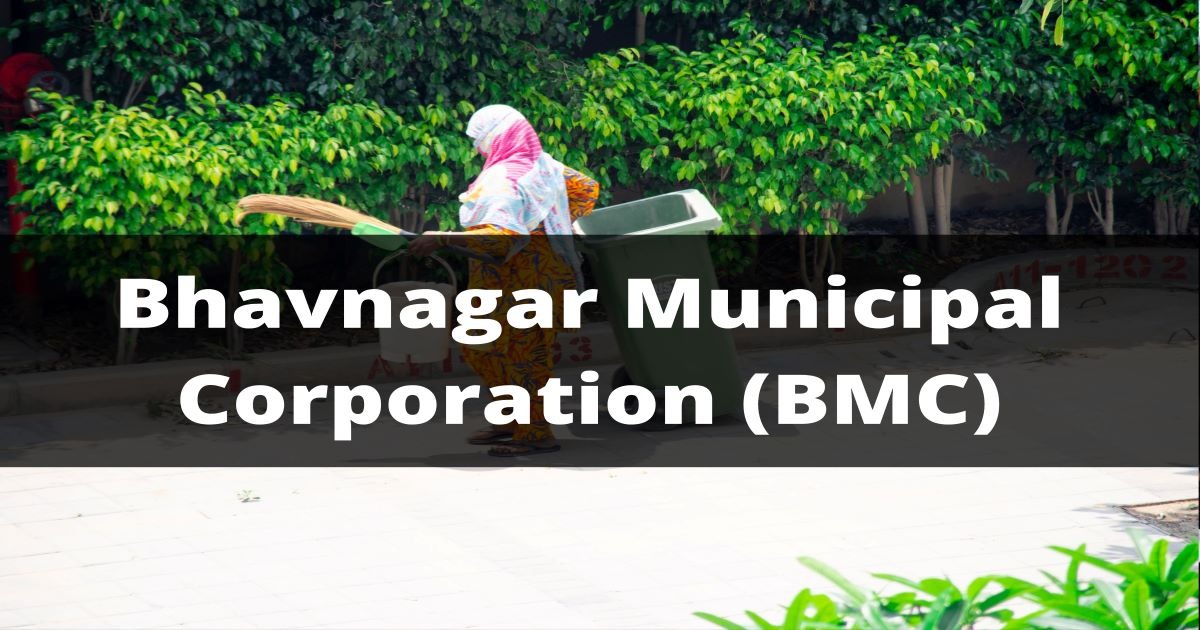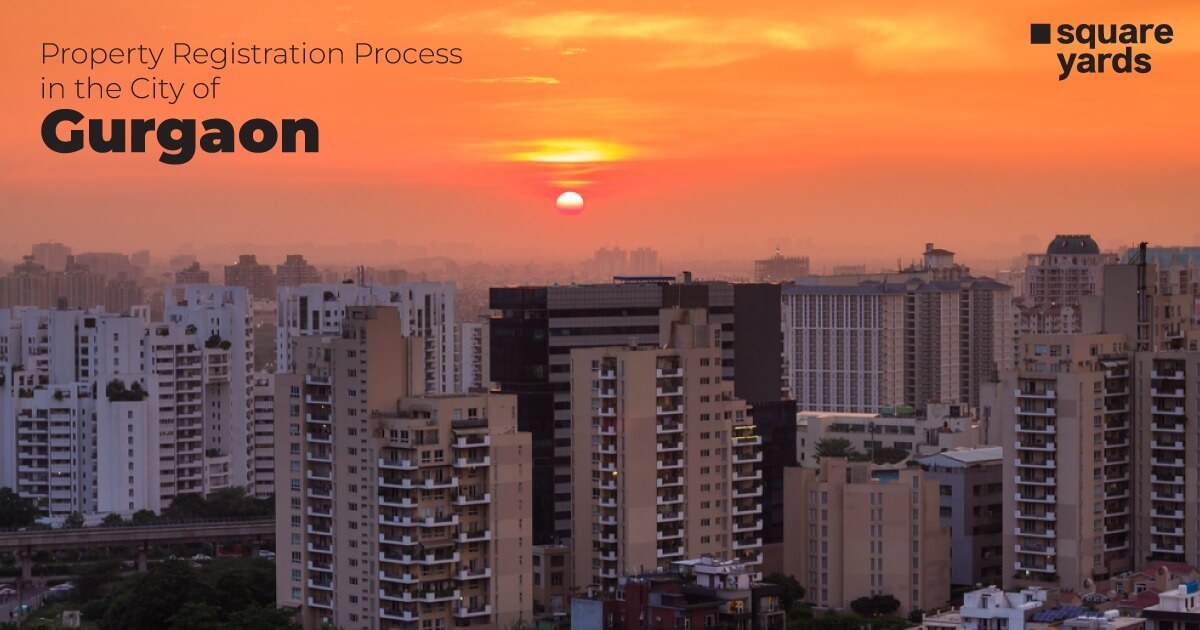To interconnect all of the Delhi metro networks, the Delhi Metro Railway Corporation (DMRC) designed the Pink Line corridor. The Pink Line is explicitly the part of the Delhi Metro Phase III, which is currently divided into two parts: Majlis Park for Mayur Vihar Pocket I, and Trilokpuri corridor to Shiv Vihar. The missing link connecting Trilokpuri and Mayur Vihar is expected to be functional between factories by June 2021, according to DMRC officials. So far, due to land acquisition issues, the lawsuit has been pending. Once put into operation, it will become the longest subway corridor in Delhi, forming a loop and having interchange hubs to all existing routes. Part of the Delhi pink metro line connecting Majlis Park and Durgabai Deshmukh South Campus will be put into operation on Wednesday. The passenger flow is expected to start at 6:00 pm.
A Few Nitty-Gritty Of The Pink Line
The corridor, also known as the ring road, will extend from the Majlis Park in the northwest of Delhi to Shiv Vihar in the northeast of Delhi. After completion, it will be 58.59 kilometers in length and start from Delhi along the ring road. The pink line is also the highest- Dhaula Kuan will be the highest point of the site with a height of 23.6 meters; of which 39.48 kilometers above ground and 19.11 kilometers underground.
Transfer
One of the most significant features of this section is the numerous interchangeable stations. This corridor strategically passes through stations that connect almost all existing and future subway lines in Delhi, including the yellow, red, green, blue, orange, and purple lines, as well as Hazrat Nizamuddin, Anand Vihar (Indian Railways) and ISBT-Terminals at Anand Vihar and Sarai Kale Khan.
Technology
The Delhi Metro Pink Line will be the most technologically advanced part of Delhi’s many subway corridors. This part will use standard gauges and will be equipped with unattended or unattended trains (UTO). These train drivers will eventually be transformed into technological manifestos. This section will also adopt a new signal technology called Communication-Based Train Control (CBTC). According to DMRC, CBTC technology improves signal coordination between trains from different directions. They have a direct effect on train frequency.
Situation
According to DMRC officials, this is “the most difficult corridor in the third stage.” The company faces challenges in the areas of technology, technological issues, and land acquisition. DMRC said in a statement: “In addition to construction issues, land acquisition in Mayapuri and Punjabi Bagh has also become a bottleneck in the construction process. There are also major bypasses between Shakurpur and Mayapuri, such as laying drainage pipes. Near Mayapuri, DMRC is also facing construction and traffic management issues in Patparganj, Anand Vihar, Welcome, Jafrabad and Maujpur.
Additional extension of the Pink Line
In the fourth phase, the Pink Line will run from Maujpur-Babarpur to Majlis Park. Therefore, if you have to travel between two stations, you don’t have to go around the entire route and the virtual circle of Delhi. You only need to take the train across the Yamuna River to reach the destination.
Ways of the Delhi Metro Pink Line
The Pink Line is nearly 59 kilometers long and connects the Majlis Park in the northwest of Delhi with Shiv Vihar in the northeast of Delhi, making it the longest metro line in Delhi. It also has the smallest metro station in the country in Ashram and the highest point of the Delhi Metro in Dhaula Quan. The Pink Line is composed of 26 elevated stations and 12 subway stations. The highest point of Daola Spring is 23.6 meters, and it is seven stories high.
Interchanging of the Lines
The Pink Line of the Delhi Metro provides connections to all other existing and future lines, and interchange options are available at 12 of the 38 stations. The following stations have pink line intersections:
- Netaji Subhash Place and Welcome-Red Line
- INA and Azadpur-Yellow Line
- Punjabi Bagh West-Green Line
- Karkarduma and Anand Vihar- Blue Line
- Wazirabad Surghat and Lajpat Nagar- Violet Line
- Durgabai Deshmukh South Campus-Orange Line (Airport Line)
- Azadpur and Majlis Park- Magenta line
The Footbridge (FOB) opened to traffic on February 9, 2019, connecting Durgabai Deshmukh South Campus Station on the Delhi Metro Pink Line and Dhaula Kuan Metro Station on the Airport Express Line. Residents of East Delhi, West Delhi, and North Delhi can go to Delhi Airport and New Delhi Railway Station.
Delhi Metro Pink Line: Structure Development
The Delhi Pink Metro Line was opened to traffic in four phases from March to December 2018. However, due to land purchase problems in some areas, the first completion date in December 2016 could not be completed as scheduled. The deadline was postponed till April 2018. The pink line was subsequently constructed one by one and finally completed in December 2018 with the opening of the Lajpat Nagar-Mayur Vihar Pocket I corridor. The Pink Line was put into operation from March to December 2018 in the following phases:
March 14th, 2018: Majlis Park-South Durgabai Deshmuk Campus
August 6th, 2018: Durgabai Deshmuk South Campus-Lajpat Nagar
October 31st, 2018: Trilokpuri Sanjay Lake-Shiv Vihar
December 31st, 2018: Lajpat Nagar-Mayur Vihar Pocket I
After the 17.8-kilometer pink Shiv Vihar-Trilokpuri Sanjay line was accessible to the public on October 31, 2018. Delhi has entered the global selected city clusters such as London and Shanghai, which have subway network functions for over 300 km. Since the opening of the last corridor in December 2018, Delhi’s metro network has expanded to nearly 327 kilometers, including 236 stations. The Pink Line Corridor opened on December 31, 2018, with a total length of 9.7 kilometers, connecting Mayur Vihar Pocket I and Lajpat Nagar. There are five stations along the way: Ashram, Vinoba Puri, Mayur Vihar Phase I, Mayur Vihar Pocket I, and Hazrat Nizamuddin.
Although the part between Trilokpuri and Mayur Vihar Pocket I has been completed, the next phase has not yet begun. DMRC announced that the construction work on the missing section has been completed. It is expected that the remaining work, such as laying tracks and auxiliary components, is still in progress. This section was originally scheduled to open in September 2020, but it was postponed due to the coronavirus pandemic.
Mangu Singh, managing director of DMRC, now announces that the missing link will be put into use in March 2021, and test drives on the 1.5-kilometer section will begin soon. The total span of the ongoing project is 289 meters, and the bracket supporting the viaduct has been erected in 2020. When completed, the pink connection viaduct will connect most of East Delhi along with the south and west corridors.
Trilokpuri is a densely populated residential area, and the land required to build 10 subway towers is not enough. Residents of Block 15 and 108 plots must be relocated to provide the necessary land for the construction of the missing viaduct. Most residents of the apartment which was built nearby have given tenders for the immediate construction of the missing link during 2019. Although the work is in progress, due to protests from farmers on the Delhi border, construction materials from other states cannot arrive on time, such as prefabricated steel beams for important construction materials in Punjab. The border has caused some drag on the project, but DMRC remains confident to close the gap by March.
Delhi Metro Pink Line fare schedule
The Delhi Metro fare is set. It all depends on where the journey starts and where it ends. The lowest fare for the Delhi Metro is ₹10, and the highest fare is ₹60.
Connectivity between the pink and green line
The Delhi Metro is building a unique platform to connect the Pink Line and Green Line of the Punjabi Bagh Metro Station. The two lines are currently crossing, but there is no breakpoint. “What this new project will do is unique,” a senior official said on Thursday, adding that people had asked to provide a crossing point. “The Delhi Metro is adding a transfer station (halt station) on the green line 5, which in turn will connect the Green Line and the Pink Line-Line 7 (Shiv Vihar- Majlis Park) at the Punjabi Bagh West Metro Station on the Pink Line,” the DMRC stated in a report. The first and last trains between Hoshiar Singh Brigade (Bahadurgarh) and Inderlok / Kirtinagar (Line 5) will be controlled from midnight on June 18th to 19th to September 30th, train officials said.
‘This is the first time that a special platform is planned to connect two underground corridors that are already in use. The station will present a connection between the Green Line and the Pink Line at the Punjabi Bagh Metro Station,” said Anuj Dayal, executive director of corporate communications at DMRC. However, he added that the exchange would have no ticket booths. There is currently no connection between the two corridors. This facility is very useful for travelling to and from the satellite city of Bahadurgarh and other remote areas of Delhi, such as Mundka, Nangloi, etc.
The total height from the platform level to the lobby of the Pink Line Punjabi Bagh Station is 16.75 meters, which is why the passage is planned to be two floors. Commuters will have to go towards the platform, which must be reached by stairs, take two escalators, or a continuous lift towards the Lobby area,” DMRC said in a statement.
Latest Updates
According to a recent DMRC statement, the construction work connecting Mayur Vihar and Trilokpuri will be completed. The second phase of work, including laying tracks and assembling other components, will also be completed soon. After the electrification work is completed, it is expected to start functional tests and start operations after security checks.
The name of this area will be called the ‘Ring Corridor. This line will become the longest corridor in the Delhi Metro network. In March 2021, it was seen that construction could not be completed due to the COVID-19 pandemic. The Japan International Cooperation Agency (JICA) and the Government of India signed a development loan of ₹161.86 crores for the Delhi Metro Pink Line Phase IV and three other major metro projects to support the expansion plan of the Delhi Metro Pink Line. Approximately ₹8,390 crores will be used for the fourth phase of development in Delhi. The subway is the violet line extending from Janakpuri West to RK Ashram (28.92 km) with 25 stations, the silver line from Aerocity to Tughlakabad (23.6 km) has 15 stations, and the pink line from Mukundpur to Majpur (12.58 km) has eight stations. At the same time, Delhi Metro stated that the Pink Line would be driverless in mid-2021. The Magenta Line has just switched to driverless mode as well.
You Might Also Like
Frequently Asked Questions (FAQs)
Are the trains disabled-friendly?
Yes, DMRC has announced that the metro with all its 12 stations will have gates that are disabled friendly and will amp up all sorts of safety measures for the user’s safe travels.
What is the nearest connecting station to Sarai Kale Khan?
The nearest one connecting via the pink line is Hazrat Nizamuddin station.
What is the second largest interchange station in Delhi Metro?
Lajpat Nagar will soon wear this laurel after Rajiv Chowk. It will start as soon as Phase 4 comes to completion. There will be 3 lines intersecting at this station, making this one of the busiest places.
What will be the speed of the metro?
According to the metro officials, the trains will be clocking up to over 34kmph with an average of 90 seconds and will feature six coach trains.
What will be the time saved for the commuters?
According to DMRC, it will significantly reduce the time between Dwarka, which falls on the blue line, and Rithala- Red Line by at least 16 minutes.






































